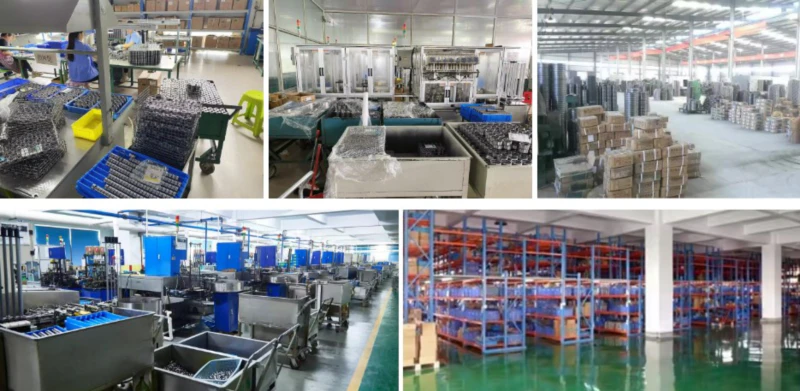Track Bearings Temperature Limits
Introduction
In this article, we will explore the temperature limits of track bearings. Understanding these limits is crucial for ensuring the optimal performance and longevity of track bearings in various applications.
1. What are Track Bearings?
Track bearings, also known as track rollers, are cylindrical or needle roller bearings designed for use in track-type applications. They are commonly used in industries such as material handling, construction, and agriculture, where heavy loads and frequent movement are involved.
2. Temperature Limits of Track Bearings
Track bearings are subjected to various temperature conditions during operation. It is important to consider the temperature limits to prevent premature failure and ensure reliable performance. The temperature limits of track bearings are as follows:
2.1. Maximum Operating Temperature
The maximum operating temperature refers to the highest temperature at which track bearings can operate without experiencing significant detrimental effects on their performance and lifespan. The maximum operating temperature for track bearings is typically around 120¡ãC (248¡ãF).
2.2. Minimum Operating Temperature
The minimum operating temperature refers to the lowest temperature at which track bearings can maintain their normal functionality without becoming brittle or developing excessive friction. The minimum operating temperature for track bearings is typically around -20¡ãC (-4¡ãF).
2.3. Temperature Rise
During operation, track bearings generate heat due to friction and load. The temperature rise is the increase in temperature from the ambient temperature under normal operating conditions. It is important to monitor the temperature rise to prevent overheating and potential damage to the track bearings.
3. Factors Influencing Temperature Limits
Several factors can influence the temperature limits of track bearings. These include:
3.1. Lubrication
Proper lubrication plays a crucial role in managing the temperature of track bearings. Insufficient or degraded lubrication can lead to increased friction and elevated temperatures, potentially causing premature failure.
3.2. Load and Speed
The magnitude of the load and the speed at which the track bearings operate can impact the temperature limits. Higher loads and speeds can generate more heat, requiring adequate cooling mechanisms to maintain optimal operating temperatures.
3.3. Environment
The surrounding environment, such as temperature extremes or exposure to contaminants, can affect the temperature limits of track bearings. It is important to consider the environmental conditions during application design and maintenance.
4. Conclusion
Track bearings play a crucial role in various track-type applications, and understanding their temperature limits is essential for their proper functioning. By considering factors such as lubrication, load, speed, and environment, it is possible to ensure that track bearings operate within their temperature limits, maximizing their performance and lifespan.

Company Introduction
Our company is a leading player in the Chinese reducer market, offering a wide range of high-quality products. Our product portfolio includes servo reducers, plastic gearboxes, gear motors, worm gearboxes, worm wheels, and worm reducers. We have state-of-the-art automated CNC production equipment and assembly facilities.
In conclusion, we take pride in our exceptional products, competitive prices, and attentive customer service. We welcome customers to customize their orders based on their specific requirements.

Author: Czh